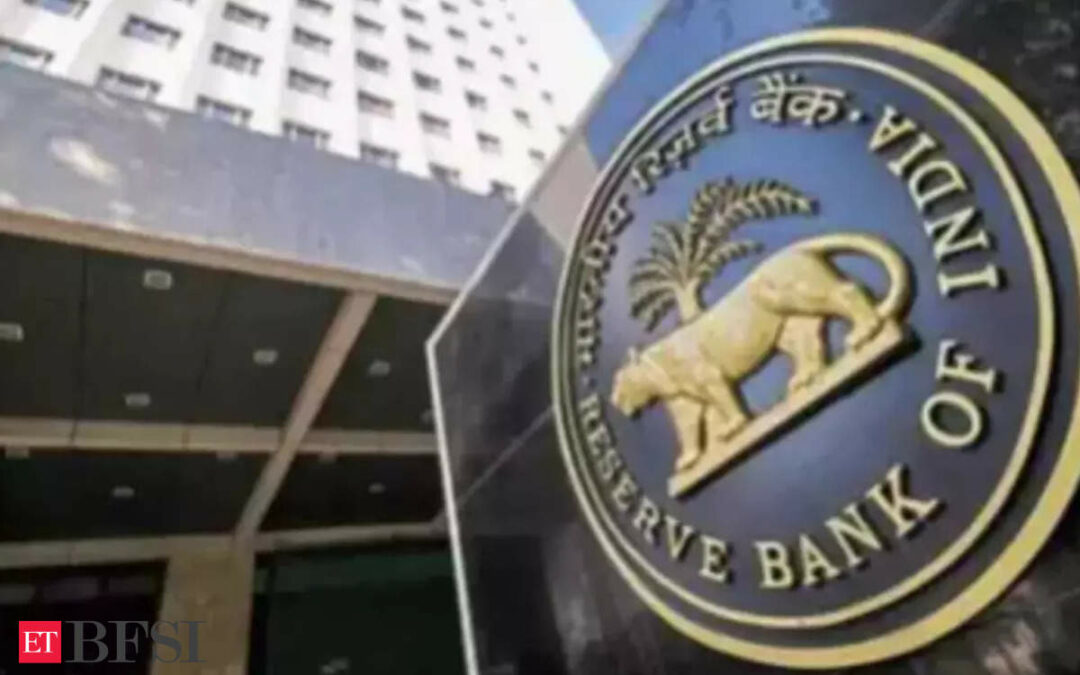Despite the Reserve Bank of India expressing displeasure over banks parking funds with the RBI instead of lending to those with deficit, banks have significantly increased their borrowings from the Marginal Standing Facility (MSF) due to the drying up of excess liquidity. The surge in MSF borrowings serves as a clear indicator of liquidity stress within the banking sector.
It is primarily mid and small-sized banks that are resorting to borrowing from the MSF window. The disparity between banks with surplus liquidity and those perpetually facing liquidity shortages is expected to persist, leading to a continued scenario where some banks have excess liquidity while others grapple with liquidity stress.
Data from the Reserve Bank of India (RBI) reveals a substantial rise in MSF borrowings. In the first week of October, banks borrowed a staggering Rs 3.2 lakh crore, a stark contrast to the Rs 11,330 crore borrowed in the first week of August and Rs 22,056 crore in the first week of September. A similar trend is observed in the second week of October, after the RBI highlighted that banks are parking with SDF but not lending to tho, banks borrowing through MSF was Rs 3.32 lakh crore, compared to Rs 88,714 crore in August and Rs 2.49 lakh crore in September.
Marginal Standing Facility
The Marginal Standing Facility is a source of overnight funds provided by the RBI. When interbank liquidity dries up, banks resort to the MSF facility. The surge in MSF borrowings underscores the increased liquidity stress within the financial system. Currently, the MSF rate stands at 6.75%, which is 25 basis points higher than the repo rate.
The liquidity tightening is attributed to several factors, including tax-related outflows during the previous month. Advance tax and GST payments led to significant outflows from the banking system. Furthermore, despite government spending, it appears that it has not fully offset the tax collections. Additionally, the RBI’s intervention in the forex market to curb rupee weakness has further constrained liquidity. With the government maintaining high cash balances, the tight liquidity situation remains a persistent issue, causing overnight rates to hover around MSF rates.
RBI data reveals that MSF borrowings were relatively lower in August but gained momentum in September and October, highlighting the tightening of liquidity in the banking system. The RBI has expressed discomfort with excess liquidity, as it hampers the central bank’s ability to control inflation. In response, it imposed a 10% Incremental Cash Reserve Ratio (ICRR) on banks in August to absorb the excess liquidity that resulted from the withdrawal of Rs 2000 notes. The RBI announced a phased withdrawal of the ICRR starting from September 23.
To address the issue of excess liquidity, the central bank has suggested the possibility of conducting Open Market Operations to withdraw surplus liquidity from the system.











